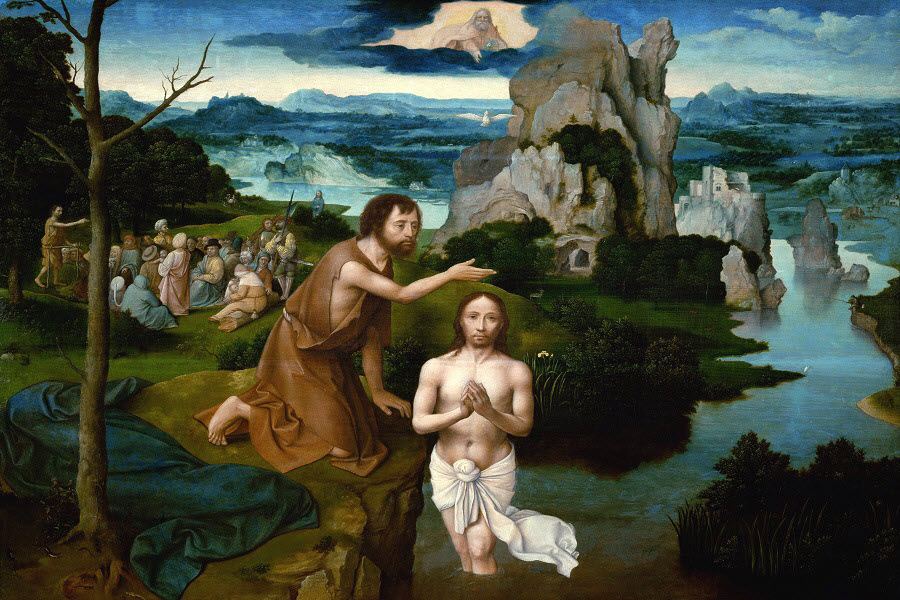
Jubilee: God’s Independence Day, Part One
by Fr. Tony Okolo C.S.Sp., V.F. | 01/12/2025 | Weekly ReflectionIn the previous bulletin of December 29, 2024, I shared a little about the Jubilee year and its origin. The explanation I gave in that write-up was not detailed, hence, in today’s reflection I want to share a more comprehensive explanation of the Jubilee year and what it means for us as Christians. It would be in two sessions. The second part of this reflection will be concluded next Sunday.
Until the year 1300, the Jubilee had been exclusively a Jewish feast recorded in the Book of Leviticus 25:8-55. The term “Jubilee” originates from the Hebrew word “yobel”, which refers to a ram's horn used to announce the start of the Jubilee year. According to the book of Leviticus, the Jubilee year was to follow seven cycles of seven years (49 years in total). The 50th year, marked by the sounding of the ram's horn, was to be a time of joyful socioeconomic renewal since it marks a time when lands that had been sold or transferred due to financial hardship was to be returned to its original family; the agricultural lands were given a chance to rest; debts were to be forgiven; and those who had sold themselves into slavery or servitude due to debt were to be set free.
God instructs the Israelites to observe the Jubilee as a time to restore balance in society thus: “You shall consecrate the fiftieth year and proclaim liberty throughout the land to all its inhabitants.” (Lev. 25:10). Thus, this practice has rich theological significance. First, it was rooted in the belief that the land ultimately belonged to God and served as a reminder that people were mere stewards of God's creation, not its owners. Furthermore, the Jubilee was a time for the Israelites to restore their relationships with God and each other. By forgiving debts and releasing slaves, people reconciled not only with one another but with their Creator, whose ultimate law was justice and mercy. The Jubilee served as a check on the unequal distribution of wealth and power. It ensured that no family or individual could become permanently impoverished or disenfranchised. Finally, the Jubilee was a hopeful period because it allowed people who had suffered from poverty or hardship to begin anew.
In the Catholic Church, the Jubilee Year evolved into a special year of grace, a time for pilgrims to visit holy sites and receive indulgences —special spiritual benefits or forgiveness for sins — often associated with the year’s observance. A central feature of the Jubilee Year is the pilgrimage to the major holy sites, particularly St. Peter’s Basilica in Rome. Pilgrims who visited these sites during the Jubilee Year were granted indulgences. Pastorally, the Jubilee serves as a time for Catholics to renew their faith, to reconcile with God, and to restore their relationships with one another. It is a moment when the Church calls the faithful to focus on both individual spiritual renewal and communal healing. This dual focus—personal conversion and social transformation—is at the heart of the Church’s mission, as it seeks to embody the values of the Kingdom of God.
In our Diocese the following parishes have been designated centers for pilgrimage sites. They are Chapel of the Holy Cross in Sedona, Sacred Heart in Prescott, St. Anthony in Sacaton, St. Mary’s Kingman, St. Mary’s Basilica in Phoenix, and Ss Simon and Jude Cathedral in Phoenix. Therefore, parishes, families, and individuals are invited to make a pilgrimage to one or all the sites. It is a grace year and I would encourage as many people as possible to take the opportunity and visit all or any of these sites.
BACK TO LIST